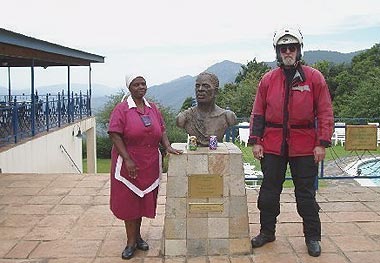| The Journal of Provincial Thought |
|
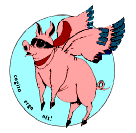 |
|||||||||||
| John Rice | ||||||||||||
| Hatari It Isn't (continued; page 3) | to page 1 | |||||||||||
| to page 2 | ||||||||||||
| ________________________________________________ | ||||||||||||
|
Just down the road, we dropped our things at the hotel where we will be spending the night, the Magoebaskloof Lodge—on top of a mountain—and then proceeded on, passing through the village of the Rain Queen (a whole story of its own), to visit the largest baobab tree in S. |
||||||||||||
| Brenda and Tamzin inside the Baobab tree pub | 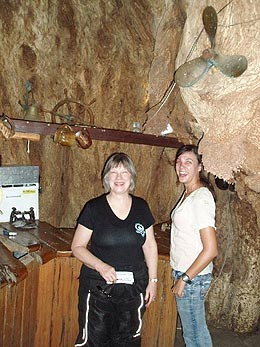 |
|||||||||||
|
Humankind was still in a rather primitive state when this tree was a seedling, and it was 4,000 years old when Christ was born. Now more than 2,000 years after that event a couple from The baobab tree is reached by turning off the paved road, going down a dirt road and then turning off the dirt road onto essentially a path. There are long stretches of deep sand on this path that under different circumstances one might have tried to take a bit quicker; but this far from home on a rented bike, we followed the lead of our guide and went through at a snail's pace, feathering the clutch and holding both feet out to catch any slips. Once at the tree, the amazement of seeing it is tempered by the realization that you have to do this all over again to get out. |
||||||||||||
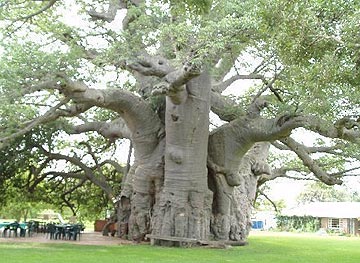 |
Not your average |
|||||||||||
| Two old dogs in front of even older tree | 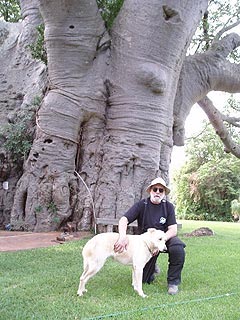 |
|||||||||||
|
Nearby were some small baobab saplings. I’m going to come back in another 6,000 years to see what they look like. Another hour or so of magnificent mountain roads brought us back to the Magoebaskloof Lodge, our place for the night. |
||||||||||||
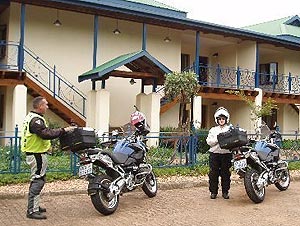 |
||||||||||||
| Brenda and Darryl at the Lodge | ||||||||||||
|
Local lady, statue of the Chief The valley gets its name from Chief Makgoba of the Tlou people, who populated the area until the later 1800's, when they were largely displaced by the European settlers. The lodge is a series of buildings spread across the brow of the mountaintop, reminding me a bit of the Big Lynn Lodge on the That night we met Darrell and Tamzin in the bar at the lodge, which had one bottle of John's free-prize South African motorcycle odyssey continues next issue. |
||||||||||||
|
||||||||||||
| Copyright 2010- WJ Schafer & WC Smith - All Rights Reserved | ||||||||||||
